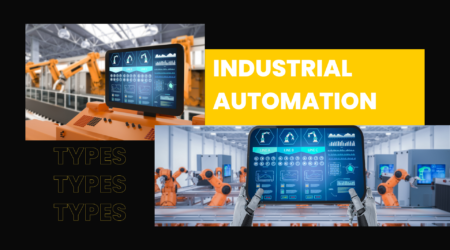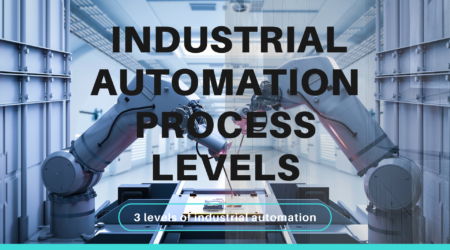For producers, the ultra-competitive industrial climate constantly presents new difficulties. These issues typically centre on how effectively an automated industrial system can meet the demands of a developing market.
Businesses are continuously enhancing the current automation technology in order to stay competitive, in addition to using industrial automation to increase production efficiency and economies of scale.
Modern automation is changing as a result of advancements in industrial technology such as the creation of intelligent machines, robots, and machine learning, which can now perform better than humans in a variety of job-related tasks.
Businesses can increase productivity by automating industrial processes, which also increase accuracy and quality of work while removing or reducing mistake.
In fact, automated equipment is capable of achieving results that are unimaginable for humans. Let’s look at the four elements that interact to create an industrial automation system.
Industrial Sensors And Control Devices
Being a crucial component of industrial automation, industrial sensors and control systems play a significant and varied role in analysing the information and data linked to measurement, temperature control, pressure measurement, weight, speed, etc.
Industrial sensors and other control devices are becoming more advanced and smarter with each passing year.
Human-Machine Interface (HMI)
The human-machine interface, a device that facilitates human-machine interaction, is a communication channel in an automated facility system that enables humans to monitor or control an industrial system.
HMI creates a communication path between machines and operators using a combination of hardware and software. Its other name is “man-machine interface” (MMI).
Motor Control Units
In automation, a central controlling unit or programmable logic controller connects every component of a system to one another. Motor drives physically respond to PLC commands and use other devices to carry out the necessary activity.
If used properly, these four elements can generate amazing outcomes in terms of precision, quality, and accuracy.
Programmable Logic Controller (PLC)
Industrial digital computers called programmable logic controllers operate similarly to personal computers in many ways. PLCs, however, can operate in dangerous conditions.
PLCs are processor-based systems that accept inputs, transmit them throughout the whole production unit, and then display the output to human operators. PLCs may manage the entire manufacturing process with high precision and quality assurance.
Industrial Automation Future Challenges
Industrial processes are changing swiftly and continuously as a result of technology. A new technology can be challenging for organisations to adopt into an existing system. To operate a newly launched system, you need to have training and professional expertise.
However, because of the increased consumer demand for sophisticated and high-quality goods, firms must quickly adapt and make use of new automation methods.
Since production processes differ from one company to another, there is a greater need for specialised automation solutions. Every company need a low-cost automated system that can increase the general productivity of a production process.
ALSO READ
You may also like our other related articles on automation :





